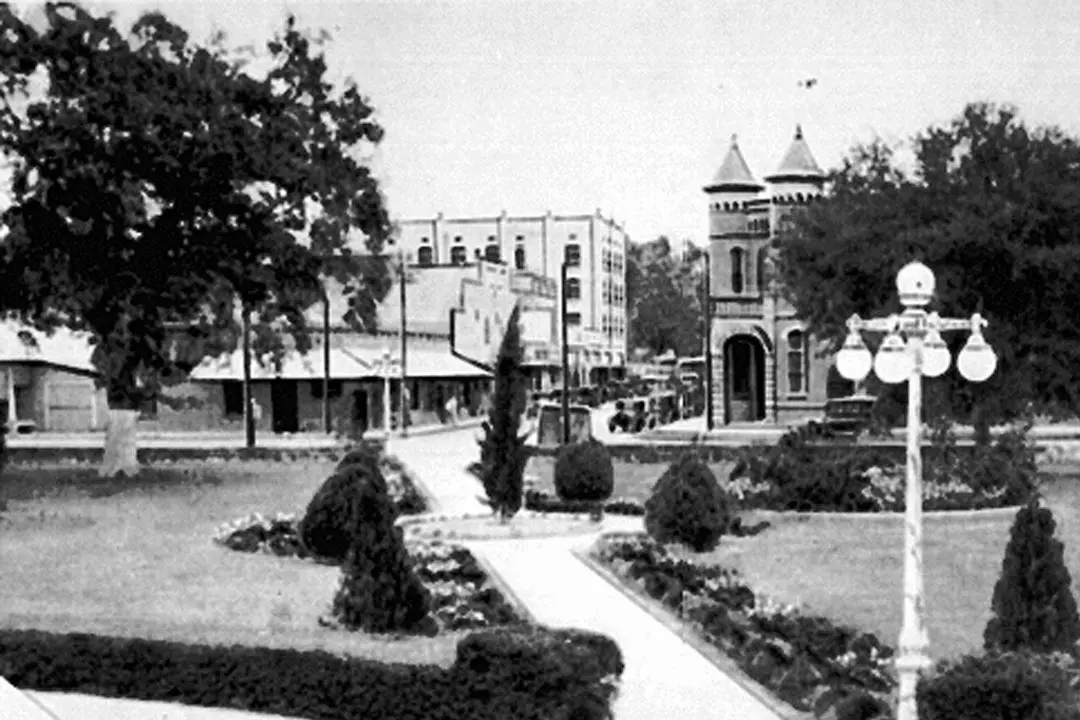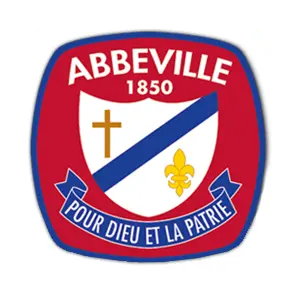


Historic Preservation
Formerly called La Chapelle, the land that was to become Abbeville was purchased by founding father Père Antoine Désiré Mégret, a Capuchin missionary, on July 25, 1843 for $900. Father Megret named the town after his home in France, Abbéville. Two people were living on the land at that time, Joseph LeBlanc and his wife Isabelle Broussard, whose former home Father Megret converted into the first Church. The original Church (then named in honor of St. Ann) burned in 1854 and St. Mary Magdalen Catholic Church now stands at the same location.
Father Megret modeled his original plan for the village after a French Provincial village. In a map he made in 1846, the town was bound on the north by St. Victor Boulevard, on the south by Lafayette Boulevard, on the east by “the Sisters of Charity,” and on the west by Bayou Vermilion. At the center of downtown is Magdalen Square, which is accented by large oak trees, a fountain, and a gazebo. A statue in memory of Father Megret stands in the square. Opposite Magdalen Square stands the Vermilion Parish Courthouse.
The residents who settled the town were descendants of the Acadians from Nova Scotia who had moved to the area around 1766 to 1775. The town was incorporated in 1850. Abbeville is still home to many historic buildings, most of which are Bed and Breakfasts or private residences. Explore Abbeville’s historic properties through the Louisiana National Register.
If you are an Abbeville resident and are interested in registering your home or property, please visit the National Park Service website for more information.
There are incentives available for historical property restoration and rehabilitation within Abbeville. If you would like someone to contact you to discuss available options, please email mayor@cityofabbeville.net.
